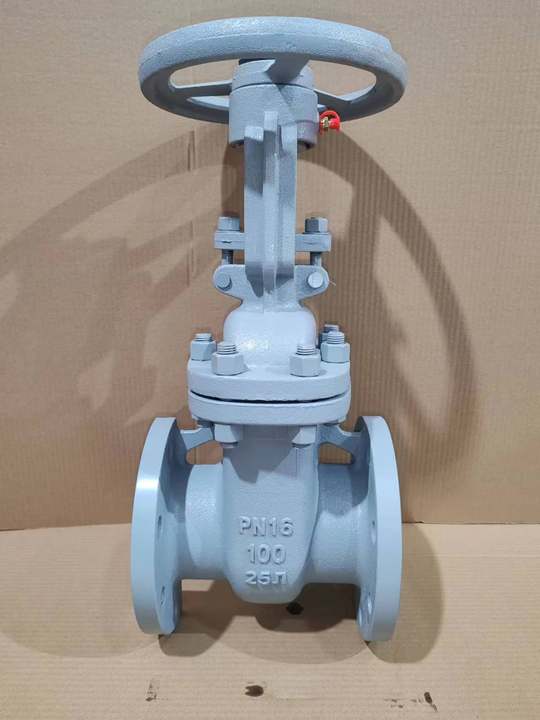foot valve for water pump
Understanding Foot Valves for Water Pumps
In the realm of water pumping systems, foot valves play an essential role in ensuring optimal performance and efficiency. A foot valve is a type of check valve located at the bottom end of a suction line, submerged in the water source. Its main purpose is to maintain a prime in the pump by preventing water from flowing back out of the suction line when the pump is turned off. This article delves into the importance, functionality, and installation considerations of foot valves for water pumps.
Importance of Foot Valves
Foot valves are critical components in various applications, including irrigation systems, sump pumps, and industrial water supply systems. The primary function of a foot valve is to ensure that the pump remains primed, which means it maintains the necessary pressure to draw water effectively from its source. This is particularly vital in applications where the pump is not continuously in operation, such as when it is used intermittently or in remote locations.
If the foot valve is not functioning correctly, the water can drain back into the source, causing the pump to lose its prime. This leads to several issues, including increased wear and tear on the pump, inefficiencies in water delivery, and the need for more frequent manual priming, which can be labor-intensive and time-consuming.
How Foot Valves Work
A foot valve operates on a simple mechanism utilizing a check valve design. When the pump is active, a vacuum is created in the suction line, drawing water up from the source. The foot valve remains open during this process, allowing water to flow into the pump freely.
foot valve for water pump

However, when the pump is turned off, the pressure within the suction line decreases. The foot valve has a spring-loaded mechanism that allows it to close automatically, effectively sealing the line and preventing water from draining back. This seals the water within the pump and prevents air from entering the system, which is crucial for maintaining the prime necessary for efficient operation.
Installation Considerations
When installing a foot valve, there are several key factors to consider to ensure optimal performance. Firstly, the size of the foot valve must match the diameter of the suction line to minimize restrictions and maintain flow efficiency. Additionally, the valve should be made from materials resistant to corrosion and suitable for the type of water being pumped.
The location of the foot valve is also critical. It should be submerged adequately in the water source to ensure it can draw water freely. However, it should not be placed too close to the bottom to avoid sucking in sediment or debris, which can clog the valve and reduce efficiency. Installing a strainer or filter in conjunction with the foot valve can help mitigate this issue.
Conclusion
Foot valves are vital components in the efficiency and performance of water pumps. By preventing backflow and maintaining a prime in the pump, they ensure that water can be drawn reliably and efficiently. Understanding the functionality and proper installation of foot valves can help users avoid common issues associated with water pumping systems. Whether for agricultural, municipal, or industrial use, investing in a high-quality foot valve is essential for anyone relying on a water pump for their operations.
-
The Key to Fluid Control: Exploring the Advantages of Ball Valves in Industrial SystemsNewsJul.09,2025
-
The Versatile World of 1, 2, and 3 Piece Ball ValvesNewsJul.09,2025
-
Stainless Steel Ball Valves: The Ideal Choice for Efficient Flow ControlNewsJul.09,2025
-
Optimizing Fluid Control with Ball Float ValvesNewsJul.09,2025
-
Manual Gate Valves: Essential for Control and EfficiencyNewsJul.09,2025
-
Everything You Need to Know About Butterfly ValvesNewsJul.09,2025
-
The Versatility of Wafer Type Butterfly ValvesNewsJul.08,2025




